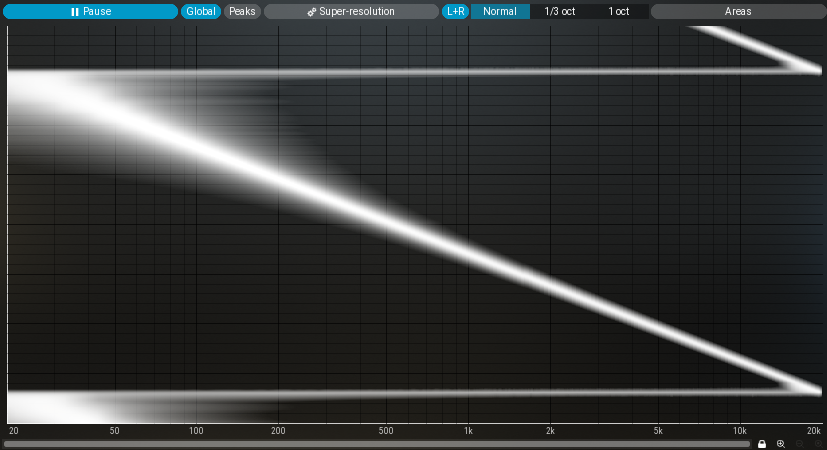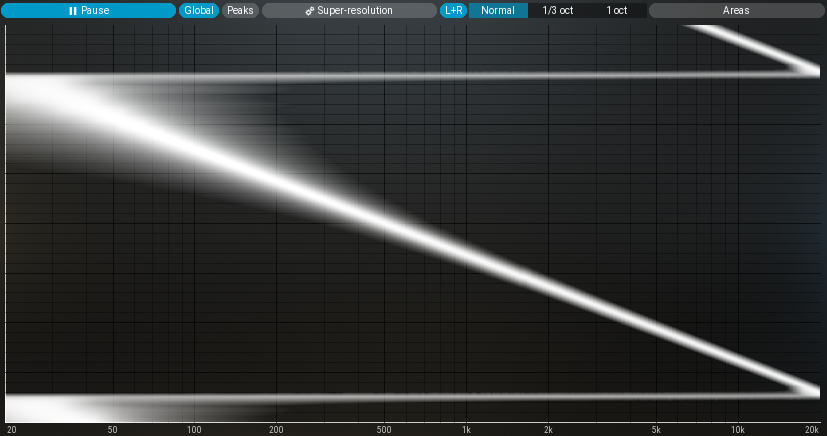In search of Passive EQ #4
May 24, 2025, 4:46:00 PM
There was a time, when BootEQ was only 32bit and Presonus stopped supporting the 32bit version of their DAW. Luckily after few years, Bootsy (the dev) made an announcement, that he will be updating some of the most popular VoS plugins to 64bit, and BootEQ was among them. That period before, was the only time during which BootEQ was not installed among my other plugins. This one and Density compressor, another VoS plugin to which I will get to some time in the future, were always the most used plugins from VoS, but let's talk about BootEQ.
The plugin is available both in 32bit and 64bit, VST2 and VST3 versions, so practically anyone can use it. I'll be talking about its fourth version, BootEQ IV.
I've been very picky about proper high-end content in every aspect of sound creation and post-production. Typically, the magic in good clear high-end lies in proper instrument separation, their selection, and mixing levels. Good rule of thumb is always, that moderation is the key.
Naturally I'll be focusing on the EQ section alone, that according to the dev, promises an emulation of classic analog EQs, so I suppose more than one were considered while making this. This VST plugin isn't labeled as particular emulation of any passive HW EQ and I know, that BootEQ has a coloration "circuit" and opto compression in it, but those can be switched off. Moreover, I've already talked about the "Coffee The Pun" which already has saturation.
Moving on. My usual line of thought is to load up the EQ, switch off the opto compression and the tube saturation, and crank up the yellow HF knob by few dBs without even touching the Q first, and see, if that brings me what I am looking for. This is usually where my head goes first to see, if the material I am working with needs a bit more clarity. In 90% of the time it works out just by doing this. It feels pristine and exactly what I am looking for.
Unfortunately, it's also very easy to overdo. BootEQ is not as gentle as MaxBax for example, so I suggest starting with small boosts and bypassing on and off to see, if you need more. You'll avoid high-end harshness.
The whole EQ section of this plugin is limited to four bands, eaching being adjustable. The HF band has two modes since version 4 but won't allow you to change it's frequency. HMF and MF bands can be adjusted and both have narrow and wide Q modes. LF band can be toggled between high pass mode and wide Q mode and can be frequency adjusted as well. Sculpting the sound with these four bands just feels natural and pleasing.
And the push/pull Pultec trick? The manual says it's possible by tuning the LF and MF knob frequencies to the same one and cutting and boosting at the same time. This is unusual in a way, that we are now adjusting two frequency ranges instead of just one to achieve this trick, but with a bit of practice, it's not that bad. Of course, there are other plugins you can achieve this trick quicker.
So does the EQ stage color the sound in any way?
Please note, that the analyzer noise floor is set to generous -80 dB.
I am happy to say that the EQ stage alone does not color the sound in any way. As usual, I have left the plugin in its default state, and only switched off the opto compressor and tubes. Then I have run a 440 Hz sine through it, and there are no additional harmonics present.

Now let's take a look at aliasing and oversampling.
From 20 Hz up to 20 kHz the signal is absolutely clean with nothing bouncing back as aliasing, which means that there isn't really any additional signal generated as distortion beyond the root note.

Even when I push the signal generator beyond 20 kHz, I don't see anything bouncing back, so I think it's safe to say, that BootEQ's equalizer circuit is handling the signal well, even beyond it's "comfort zone".

I also tried to clip it and push it above 0 dB by 24 dB with the same sine sweep, and I still haven't got back any mess, so I am quite confident it will handle all kinds of signals well. The resulting sonogram looks exactly the same as the last one. I didn't expect anything else, as the plugins are well coded and maintained.
VST EQs alone are just simulations of HW EQ curves, and that the additional flavor of each emulation is in its audio signal saturation. Typically, if you possess the knowledge of HW EQ that you would like to emulate, you would be able to recreate it alone in your DAW's stock parametric EQ. That takes a lot of effort and I like to be comfy, so I definitely see the benefit of using these faithful recreations of classic HW EQs, that are out of my reach for now.

BootEQ is one of those VSTs my instinct keeps suggesting as a valid option every time I feel like I need to brighten up my sound, or shape it in general. It proved itself time and again, that it can achieve what I am looking for. I can wholeheartedly recommend BootEQ, so think about it and check it out for yourself.
BootEQ IV was tested at a 48 kHz sample rate in 32 bit.
